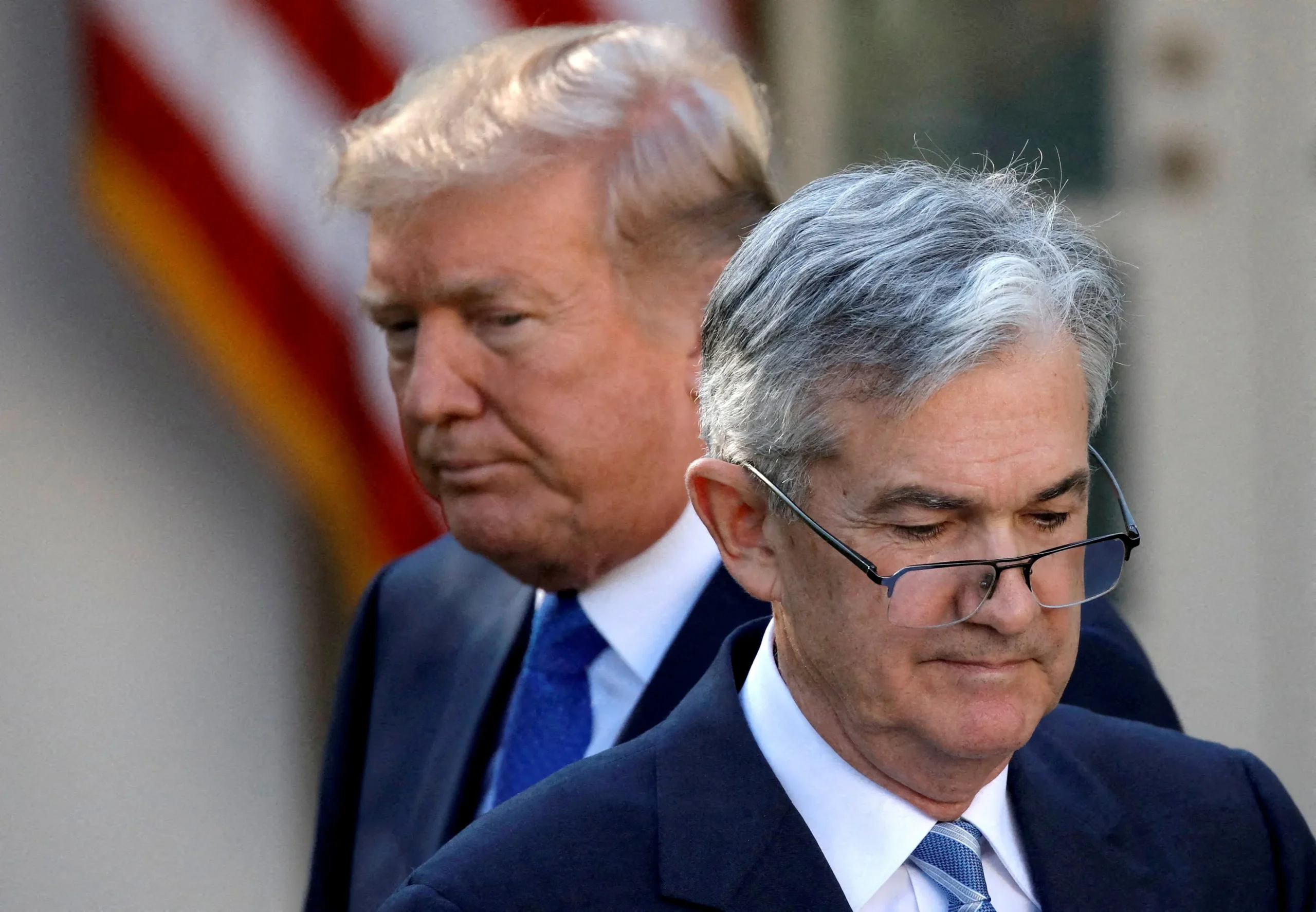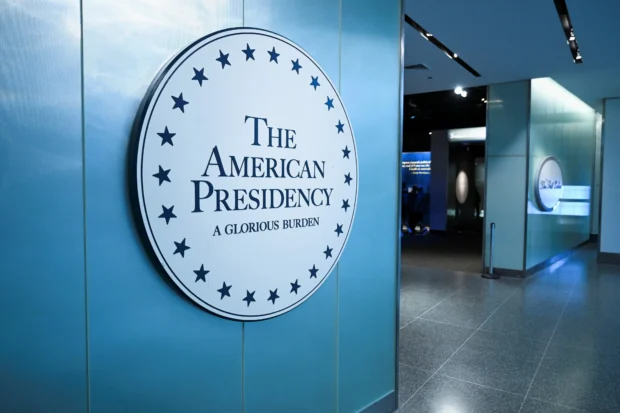
President Donald Trump has escalated his criticism of Federal Reserve Chairman Jerome Powell over the central bank’s interest rate policies, raising concerns about Federal Reserve independence.
Trump’s primary concern centers on the Fed’s decision to maintain its benchmark interest rate between 4.25 and 4.50 percent. The central bank has resisted lowering rates, which would reduce borrowing costs and stimulate economic growth, citing inflation concerns. Powell and his colleagues worry that prices could rise significantly due to Trump’s proposed tariffs, while Trump argues rates should drop to as low as 1 percent.
The president’s attacks on Powell intensified in April when he called the Fed chair “a major loser” and “numbskull,” stating his “termination cannot come fast enough.” Trump has since made conflicting statements about firing Powell and recently sought Republican lawmakers’ opinions on the matter.
White House officials have joined the criticism. Office of Management and Budget Director Russell Vought accused Powell of mishandling the Fed’s $2.5 billion headquarters refurbishment, while Treasury Secretary Scott Bessent criticized the Fed for “persistent mandate creep” and called for reviewing the renovation project.
Legal Framework for Removal
Removing the Fed chair proves more difficult than dismissing other agency heads. The Federal Reserve Act of 1913 permits presidential removal only “for cause,” typically interpreted as corruption or malfeasance. A 1935 Supreme Court ruling further protected independent agencies from political interference by requiring cause for removal.
David Wilcox from the Peterson Institute for International Economics suggests the administration may use the renovation controversy as pretext for dismissal. “The drumbeat of criticism seems to be that Powell allegedly has mishandled this situation, and concern is that this very small-scale situation might be somehow blown up into an excuse for firing Powell ‘for cause’,” Wilcox explained.
Historical Context
Presidential pressure on Fed chairs isn’t unprecedented. In the late 1960s and early 1970s, presidents Lyndon Johnson and Richard Nixon both pressured Fed leadership to maintain low rates. Some historians believe Nixon’s influence on then-chair Arthur Burns prevented necessary rate increases that might have prevented double-digit inflation in the mid-1970s.
“What does compromising central bank independence do? It runs the possibility of giving some kind of short-term gain for long-term pain,” said Mark Spindel, Federal Reserve historian and CIO of Potomac River Capital.
Market Reactions
Markets have responded negatively to removal speculation. Wednesday saw the S&P 500 briefly drop 0.7 percent and the dollar fall 0.9 percent following reports about Trump consulting lawmakers on firing Powell. Stocks recovered after Trump denied removal plans, exemplifying what investors call the “TACO Trade” – “Trump Always Chickens Out.”
Wilcox warns that actually removing Powell would severely impact markets and economic confidence, likely increasing inflation expectations in borrowing rates, raising risk premiums in Treasury rates, and weakening the dollar due to lost confidence.
Strategic Considerations
Despite his threats, Trump may ultimately retain Powell, whose term expires in May 2026. Spindel suggests Trump could use Powell as a scapegoat for economic problems until then. Additionally, Trump’s business background makes him sensitive to stock market performance as a success measure.
“The market is an important governor on his policies,” Spindel noted. “He has a large constituency in the corporate sector and doesn’t want to torpedo the equity market.”












Be the first to leave a comment